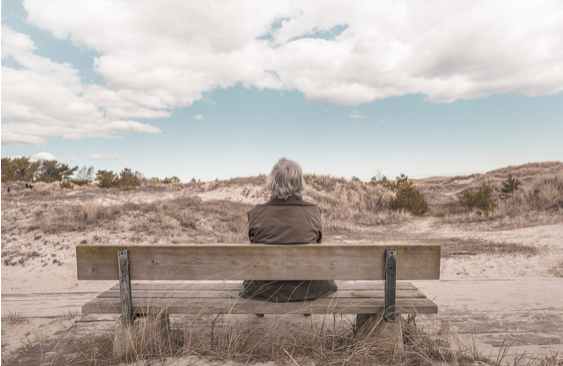Degenerative scoliosis happens when seniors experience deterioration in their spine leading it to the development of a scoliosis curve. This usually occurs after the age of 40 and is sometimes related to other conditions such as osteoporosis and arthritis. The combination of these factors leads to the spine losing its ability to maintain a normal shape and it begins to deteriorate. As the condition progresses, a scoliotic curve slowly develops. In our article ‘Scoliosis Treatment for Adults’, we found that many adults have taken a proactive approach in not letting the condition be a hindrance to their daily activities. Below, we’ll look at what older adults need to know about degenerative scoliosis to ensure an improved quality of life.

Symptoms
Scoliosis is a curvature of the spine which from a front to back, or back to front x-ray appears to go to one side then the other. It can involve one curve that either goes to the right or the left, or an “S” curve where the top of the spine goes in one direction and the bottom goes the opposite way. This can result in having one of your shoulders positioned higher than the other. Another symptom is a rib “hump” or a marked elevation on one side of your rib cage, which often occurs on the convex side of the curve.
Scoliosis or not, senior citizens tend to develop degenerative changes in the spine. So, if you’re an older adult with degenerative scoliosis, you’re likely to have other symptoms alongside back and leg pain. Very Well Health notes that these extra symptoms may be related to arthritis, meaning that the condition has affected your nervous system in various ways. For people with osteoporosis as well, intervertebral discs and spinal ligaments will likely become destabilized. This can result in stenosis, or the narrowing of the spaces within your spine. All of these conditions can result in a natural inclination to lean or stoop forward. This compensation may lead to a gradual decline in one’s ability to function.
How to live with degenerative scoliosis
It’s expected that more people in the country will experience living with degenerative scoliosis as the number of elderly citizens increases. Maryville University reports that the number of U.S. citizens over the age of 65 increased from 35 million in 2000 to almost 50 million in 2016, and that number is continuing to increase. The U.S. Census predicts that there will be 78 million senior citizens by the year 2035. This means that more people will seek ways to live with painful conditions. The good news is that there are holistic treatments that can help. The Schroth Method is perfect for individuals with an active lifestyle who want to learn how to manage their scoliosis. The program may help in halting the progression of the condition as well as pain management. Moreover, it empowers patients to take control of their condition at any stage of the disease. With treatment methods such as these, degenerative scoliosis shouldn’t be a hindrance in carrying out a normal daily routine.
Post written only for the use of scoliosis3dc.com
By Kira Daniels

